Information on Araucaria Araucana x Bidwillii hybrids sorely needed.
Araucariaceae
7 years ago
last modified: 7 years ago
Featured Answer
Sort by:Oldest
Comments (24)
Related Professionals
West Milford Landscape Architects & Landscape Designers · Beavercreek Landscape Architects & Landscape Designers · Elwood Landscape Architects & Landscape Designers · East Patchogue Landscape Architects & Landscape Designers · Edmond Landscape Contractors · Berkeley Heights Landscape Contractors · Biloxi Landscape Contractors · Ellensburg Landscape Contractors · Fort Wayne Landscape Contractors · Haverhill Landscape Contractors · Munster Landscape Contractors · Roseville Landscape Contractors · Stony Brook Landscape Contractors · Chicago Ridge Landscape Contractors · Selma Landscape ContractorsAraucariaceae
7 years agolast modified: 7 years agoAraucariaceae
7 years agoAraucariaceae
7 years agoAraucariaceae
7 years agoAraucariaceae
7 years agoTodd C
7 years agopeter_out
7 years agoChris Stuehrk
4 years agosalicaceae
4 years agosalicaceae
4 years agoEmbothrium
4 years ago
Sponsored
Leading Interior Designers in Columbus, Ohio & Ponte Vedra, Florida
More Discussions






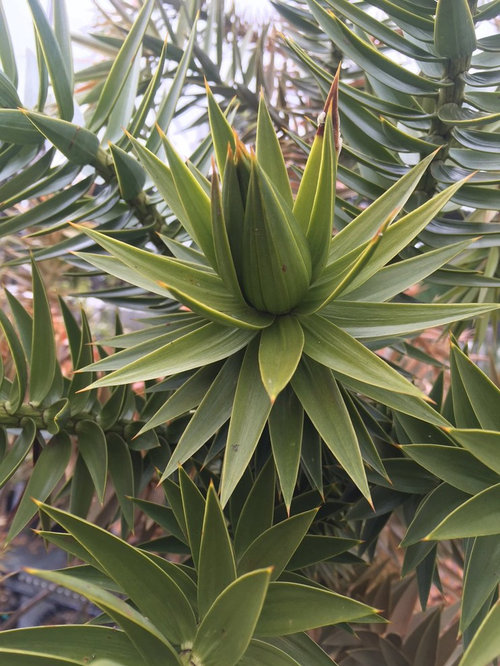
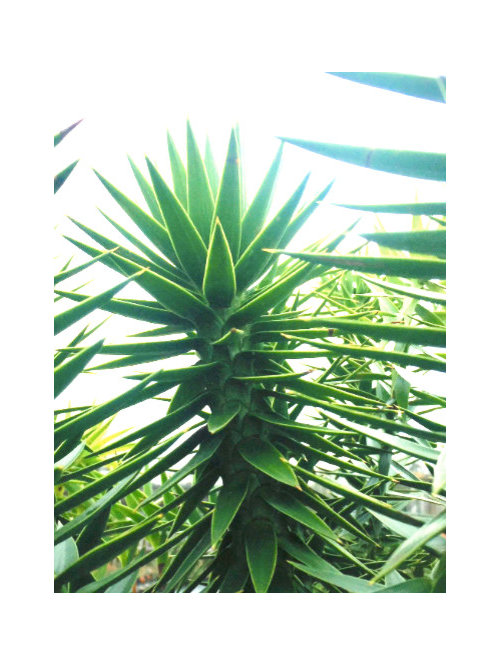
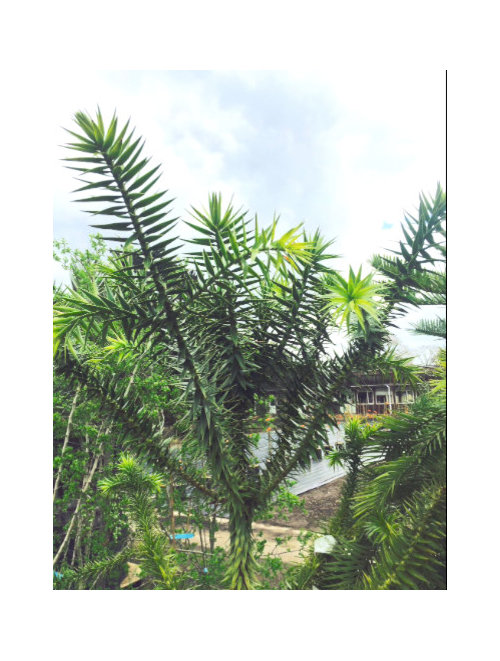
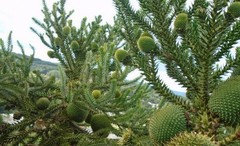
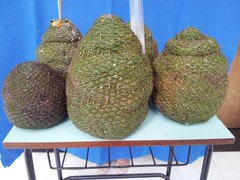
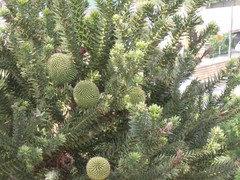
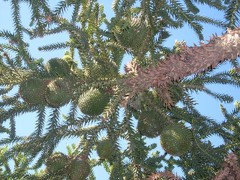
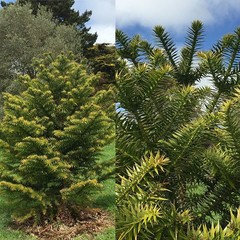
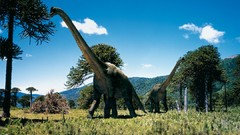



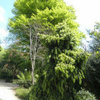
Todd C